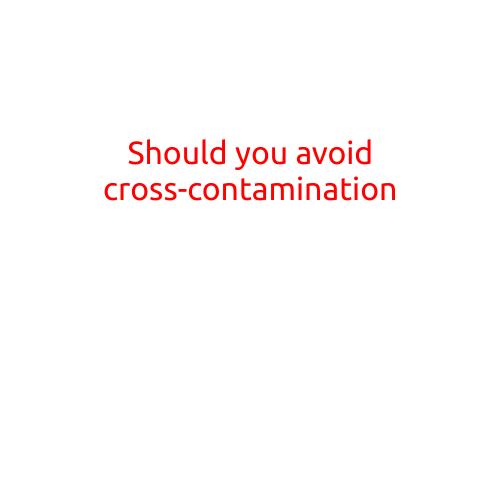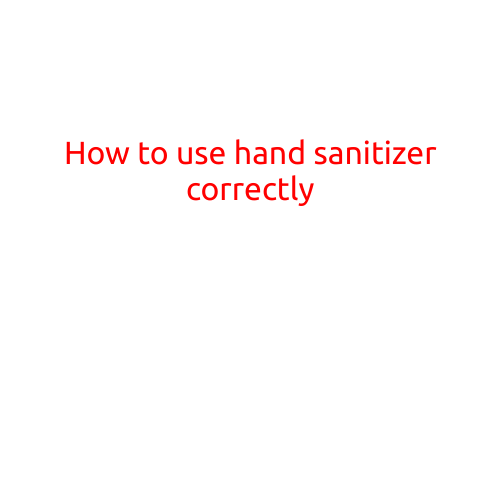
Should You Avoid Cross-Contamination?
Cross-contamination is a common occurrence in many industries, including food, pharmaceuticals, and healthcare. It refers to the transfer of microorganisms from one individual, object, or surface to another, which can lead to the spread of infections, spoilage, and contamination. In this article, we will discuss the importance of avoiding cross-contamination and provide guidelines on how to minimize its occurrence.
Why Avoid Cross-Contamination?
Cross-contamination can have serious consequences, including the spread of infections, spoilage, and contamination. In the food industry, cross-contamination can lead to foodborne illnesses, which can result in serious health complications, hospitalizations, and even death. In healthcare settings, cross-contamination can lead to the transmission of pathogens, such as MRSA and C. difficile, which can cause severe infections.
Types of Cross-Contamination
There are several types of cross-contamination that can occur, including:
- Airborne transmission: Microorganisms can be spread through the air, especially during sneezing, coughing, or talking.
- Contact transmission: Microorganisms can be transferred from one person or surface to another through direct contact.
- Fomite transmission: Microorganisms can be transferred from one person or surface to another through indirect contact with contaminated surfaces or objects, such as doorknobs, light switches, or countertops.
- Vehicle transmission: Microorganisms can be transferred from one person to another through contaminated vehicles, such as food, water, or medical equipment.
How to Avoid Cross-Contamination
To minimize the occurrence of cross-contamination, it is essential to follow proper protocols and guidelines. Here are some tips to help you avoid cross-contamination:
- Wash your hands regularly: Washing your hands with soap and water for at least 20 seconds is one of the most effective ways to prevent cross-contamination.
- Use personal protective equipment (PPE): Wear PPE, such as gloves, gowns, and masks, to prevent skin-to-skin contact and airborne transmission.
- Clean and disinfect surfaces: Regularly clean and disinfect surfaces, objects, and equipment with a solution that contains 1% sodium hypochlorite (bleach) or 70% alcohol.
- Use proper food handling techniques: Handle food safely by washing hands before handling food, preparing food in a clean and sanitized environment, and storing food at the proper temperature.
- Use microbiological sampling: Use microbiological sampling to monitor the environment and equipment for contamination.
- Implement surveillance systems: Implement surveillance systems, such as thermometer probes, to monitor and track temperature fluctuations.
- Train staff: Provide training to staff members on proper cleaning, disinfecting, and sterilization techniques to prevent cross-contamination.
Conclusion
Cross-contamination is a serious issue that can have significant consequences, including the spread of infections and spoilage. Therefore, it is essential to take precautions to minimize its occurrence. By following proper protocols and guidelines, implementing surveillance systems, and providing training to staff members, you can reduce the risk of cross-contamination and ensure a safer environment for everyone. Remember, preventing cross-contamination is everyone’s responsibility, and by working together, we can create a cleaner, safer, and healthier environment for all.





